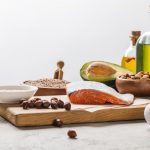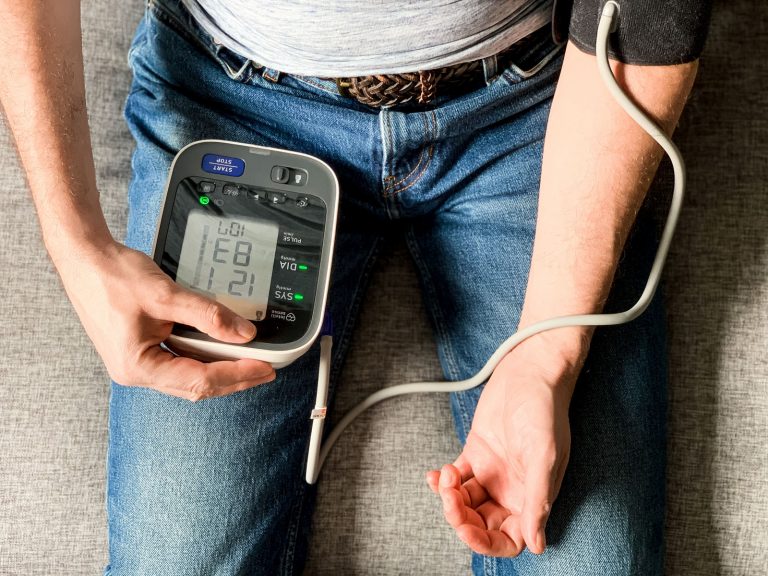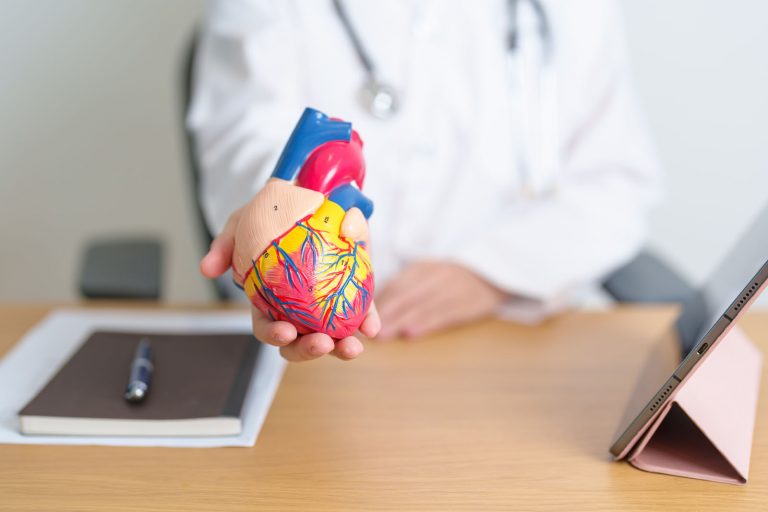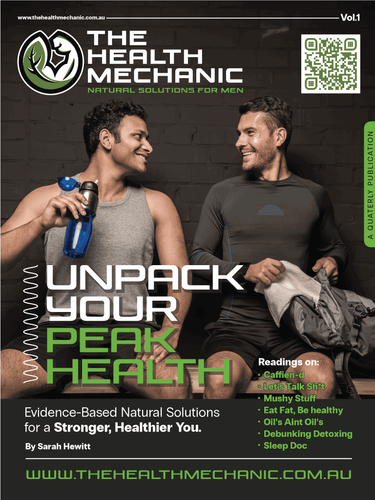Here we debunk the myth that sodium is the sole cause of high blood pressure. Understand the mechanisms behind sodium and hypertension and learn how potassium can help reduce high blood pressure naturally.
Healthy Fats- What Are Good Fats for Heart Health?
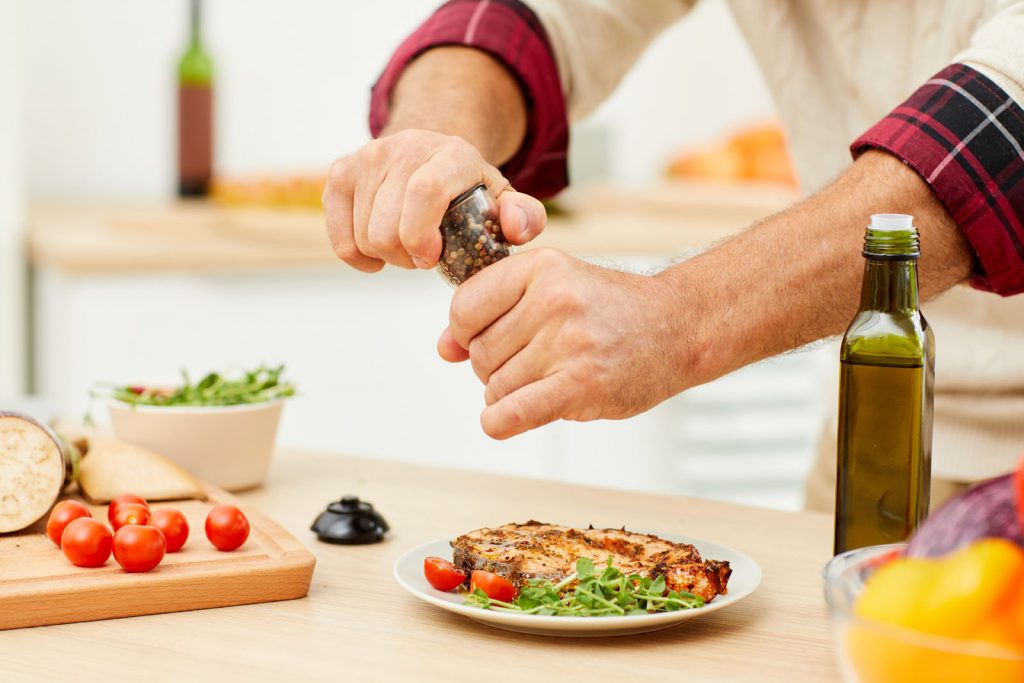
Key Highlights
- Potassium is essential for managing blood pressure by helping relax blood vessels and remove excess sodium.
- Sodium and potassium work together- too much sodium without enough potassium can lead to hypertension.
- Processed foods disrupt balance by being high in sodium and low in potassium, increasing risk of hypertension.
- Dietary guidelines emphasize potassium- most people don’t consume enough, making diet adjustments crucial.
- Supplementation may be necessary in some cases, but it should be done under medical supervision.
- Incorporating potassium-rich foods into daily meals can help support long-term heart health.
Introduction
High blood pressure, or hypertension, is a common issue. It raises the risk of diseases like heart disease and kidney disease, as well as the chance of having a stroke. While medication may be needed to control blood pressure, making lifestyle changes is critical to lower blood pressure. Although salt often cops the blame for elevated blood pressure, a key contributing factor is inadequate potassium intake- which research shows can lower blood pressure naturally and improve heart health.
The High Blood Pressure Battle
The Science of Blood Pressure Regulation
There is a close relationship between sodium and potassium in the body. It’s important to know how these two minerals work together and impact our body in order for us to understand the mechanism of hypertension better.
How Sodium and Potassium Work Together
The Sodium-Potassium Balance: Diet & Hypertension
Rethinking Dietary Guidelines: Sodium VS Potassium
Current dietary guidelines in Australia recommend limiting sodium intake to less than 2,000mg per day to help reduce the risk factors for cardiovascular disease. The adequate Intake (AI) of sodium is 460-920mg per day. Adequate intake of potassium for adult men is 3,800mg daily. But here’s the problem. A recent study of Australians found that participants were not consuming enough potassium to reduce risk of chronic disease.
The belief that sodium was the sole cause of high blood pressure was popularised by the 1970s Intersalt Study, which suggested a global correlation between sodium intake and hypertension. However, more recent research challenges this view, arguing that individual responses to salt vary widely, and other factors like genetics, overall diet, health conditions, and potassium intake play significant roles in blood pressure regulation.
Research shows that low potassium levels are linked to increased incidence of hypertension, heart disease, and stroke in people. So now that you understand the role of potassium vs sodium, you can see that the common assumption that reducing salt intake is the best way to lower blood pressure is incorrect.
The Best Diet For Blood Pressure Management

The Dietary Devil: Processed Foods and Their Impact on BP
Processed foods are low in potassium and often contain hidden sodium, which contributes to hypertension. Their high sodium content disrupts the delicate sodium-potassium balance we have already discussed. Consuming processed foods frequently can significantly raise the risk of heart disease. Opting for fresh, whole foods over processed alternatives is key maintaining healthy blood pressure levels and overall well-being.
Making sure my patients are eating a diet rich in potassium is a cornerstone of hypertension management in my clinic.
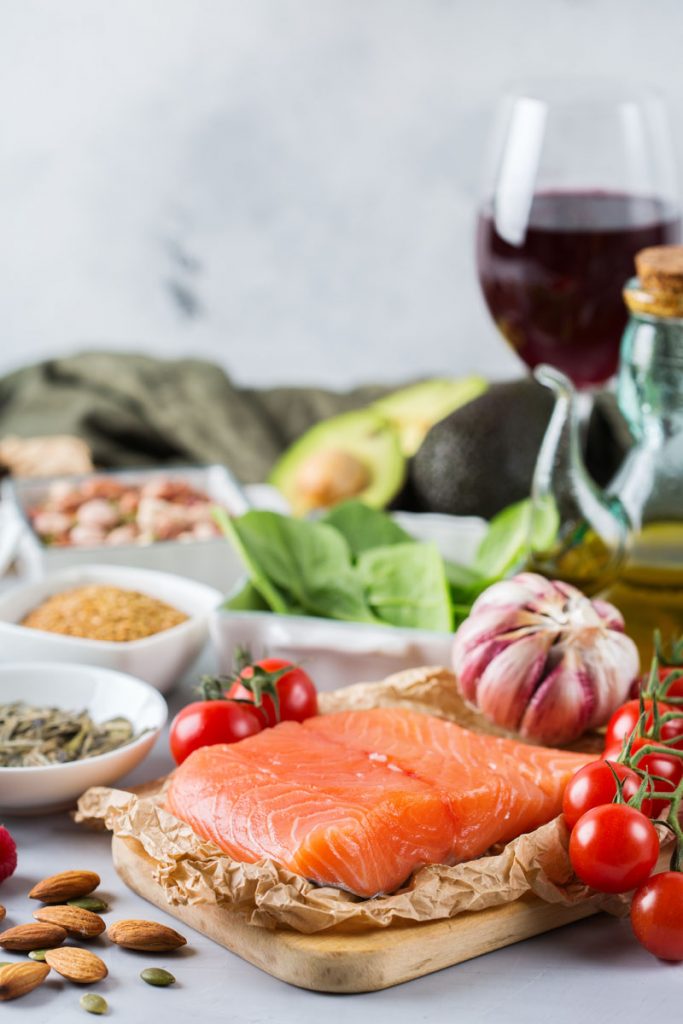
How Can I Lower Blood Pressure Naturally? Sources of Potassium
Here are some great natural sources of potassium:
- Fruits: Bananas, apricots, cantaloupe, oranges, kiwi, prunes, and dried fruits like raisins and dates are all good options.
- Vegetables: Focus on leafy greens like spinach and kale. You should also include potatoes (especially with the skin), sweet potatoes, tomatoes, and avocado.
- Dairy Products: Choose low-fat milk, yogurt, and kefir to keep a balanced diet.
- Other Sources: Beans and lentils, unsalted nuts and seeds, plus fish like salmon and tuna are also great. Don’t forget whole grains like brown rice and quinoa to increase your potassium intake.
Keep in mind, eating a variety of fresh, whole foods is important for your potassium levels and overall health.
The DASH Diet- Low Sodium Diet For Hypertension
The DASH diet (which stands for Dietary Approaches to Stop Hypertension) is a proven dietary strategy to prevent and control hypertension. The DASH diet emphasizes the consumption of healthy foods such as fruits, vegetables, and low-fat dairy, while including whole grains, fish, poultry, and nuts. The diet limits saturated fats, red meats, sweets, and sugary beverages, leading to reduced sodium intake and increased potassium, calcium, and magnesium intake.
The DASH diet has been shown to be effective in lowering blood pressure within 2 to 4 weeks, and offers additional cardiovascular benefits by reducing cholesterol and body mass index.
Diet To Reduce Blood Pressure- The Mediterranean Diet
The Mediterranean diet is another heart-healthy eating plan inspired by the traditional diets of Mediterranean countries like Greece and Italy. The Mediterranean diet emphasizes consuming plenty of fruits, vegetables, whole grains, legumes, nuts, and olive oil, with moderate intake of fatty fish, poultry, and dairy. Red meat and sweets are eaten sparingly. This diet is rich in healthy fats, particularly monounsaturated fats from olive oil and omega-3 fatty acids from fish, and includes moderate wine consumption. Once again, this style of diet is rich in potassium and naturally low in sodium due to the lack of processed foods. The Mediterraean diet is associated with lower risks of cardiovascular disease and improved overall health.
What is The Difference Between The DASH and Mediterranean Diets?

Supplementation: When Diet Alone Isn't Enough
Getting potassium from a balanced diet is usually the best choice. However, some people might need supplements. This includes those who can’t meet their potassium needs through food, have certain health issues, or take specific medicines. It’s important to talk to your healthcare provider before using potassium supplements. Too much potassium can be harmful, especially in those with chronic kidney disease, or for patients who are taking blood pressure medications.
Potassium Intake and Safety
Despite being important for heart health, there are some concerns about potassium intake. A common myth is that eating foods high in potassium can cause kidney damage. However, issues with kidney function usually only applies to people who already have kidney problems. This is because the kidneys filter out potassium, and impaired kidney function may affect their ability to manage increased levels of this mineral.
For most healthy people, eating more potassium through a balanced diet only does good things. The American Heart Association confirms this- that potassium is key for keeping blood pressure healthy and lowering the risk of heart disease.
Like with any changes to your diet, it’s important to keep things balanced. Talk to your nutritionist to find out how much potassium is right for you, based on your health and needs.
Increasing Potassium in Your Diet
For adult men, the potassium requirement is 3,800 milligrams (mg) per day. This amount can change based on age, gender, and health status- and most adults do not get enough potassium.
You don’t need to make huge changes to daily potassium hit! Just adding potassium-rich foods to your meals and snacks can help. My first suggestion is often the recommendation to start your day with a smoothie full of potassium. Just blend yogurt, spinach, and a banana- easy done!
Making Potassium a Priority
- Plan Ahead: Take some time each week to plan your meals and snacks. This helps you make better choices and include more fresh and potassium-rich foods.
- Grocery Shop with Potassium in Mind: Make a shopping list with different fruits, vegetables, legumes, and other potassium-filled foods.
Natural Ways to Reduce Hypertension
As we have already discussed, sodium and potassium are two important electrolytes that work together to keep our fluid balance right. Adopting a diet high in potassium is important, but creating a healthy lifestyle goes beyond what you eat. For example, managing a healthy weight also contributes to controlling blood pressure. One study found that after 6–12 months, weight loss could reduce systolic blood pressure by an average of 2.6mmHg (millimetres of mecury).
Sleep deprivation and stress are common issues in today’s busy world, and it can raise blood pressure. The hormones released during times of stress can raise blood pressure in several ways. Adrenaline makes blood vessels constrict, which forces the heart to work harder thereby increasing blood pressure. Adrenalin also speeds up the heart rate.
Cortisol triggers a chain reaction that causes the body to hold on to more salt and water, increasing blood volume and pressure. Over time, high cortisol levels can also damage blood vessels by reducing nitric oxide (NO). Nitric oxide is a natural vasodilator produced by the inner lining of blood vessels which helps them relax. Additionally, cortisol raises blood sugar and can lead to insulin resistance. Unmanaged high blood sugar levesl can damage the health of your
blood vessels and impair how they function.
Studies show that using stress reduction techniques, like meditation, deep breathing, or yoga, can help improve both systolic and doastolic blood pressure levels.
Regular exercise also helps manage hypertension. Adhering to regular physical activity helps control weight, but also strengthens the heart. A strong heart pumps more effciently, which places less force on the walls of the arteries and keeps blood pressure low.
Conclusion
Frequently Asked Questions
Making Potassium a Priority
The suggested daily amount of potassium for adults is 4,700 mg. It is a good idea to talk with your healthcare provider. They can help you find the right potassium intake that fits your health and blood pressure reading.





